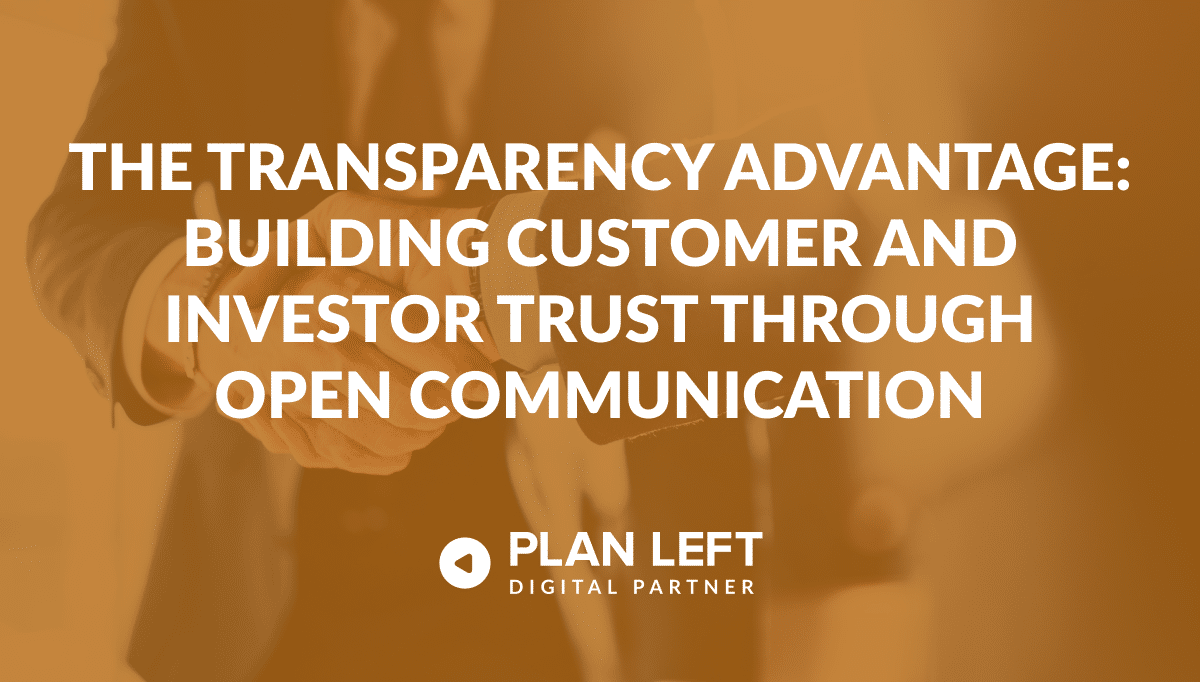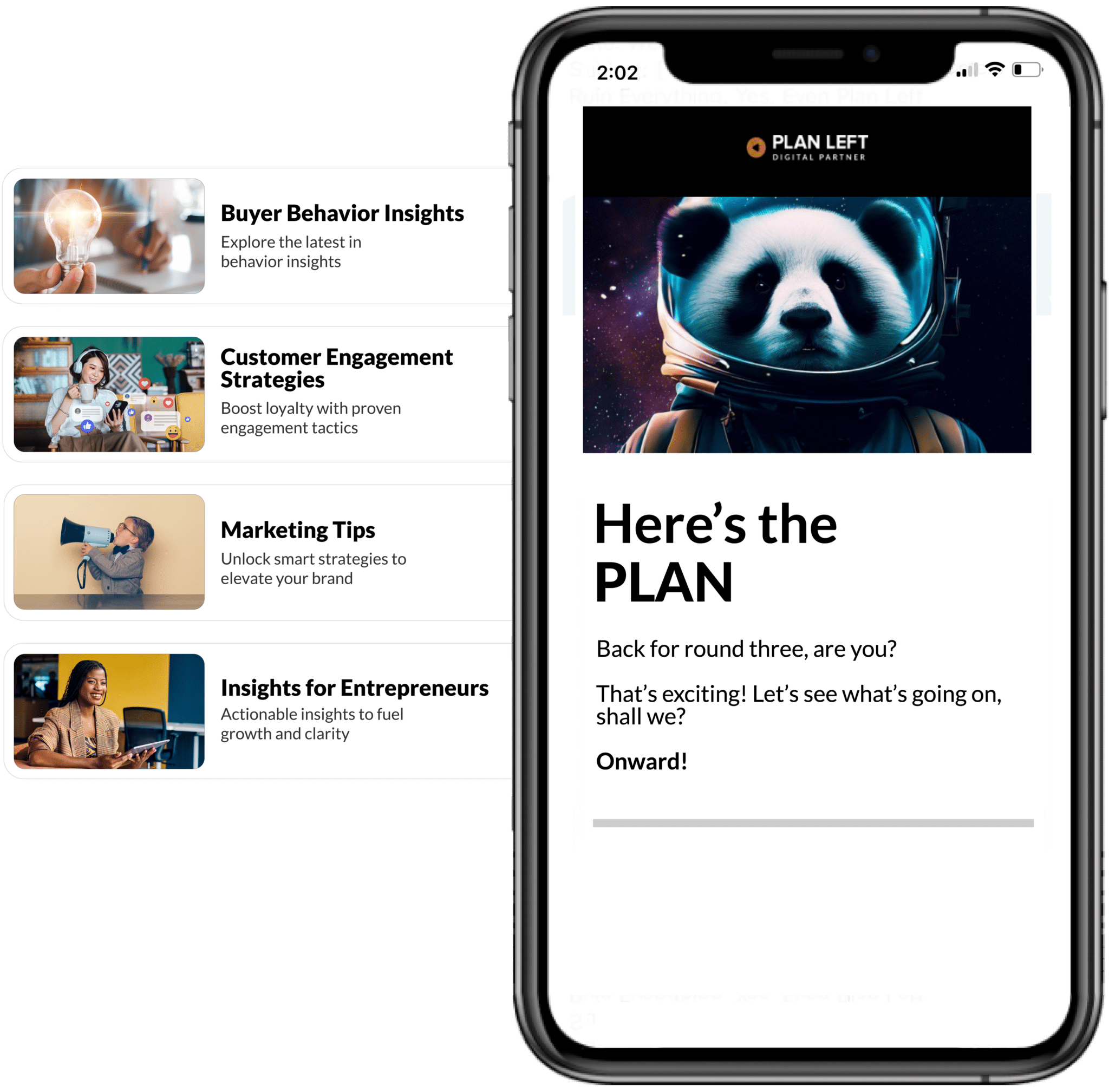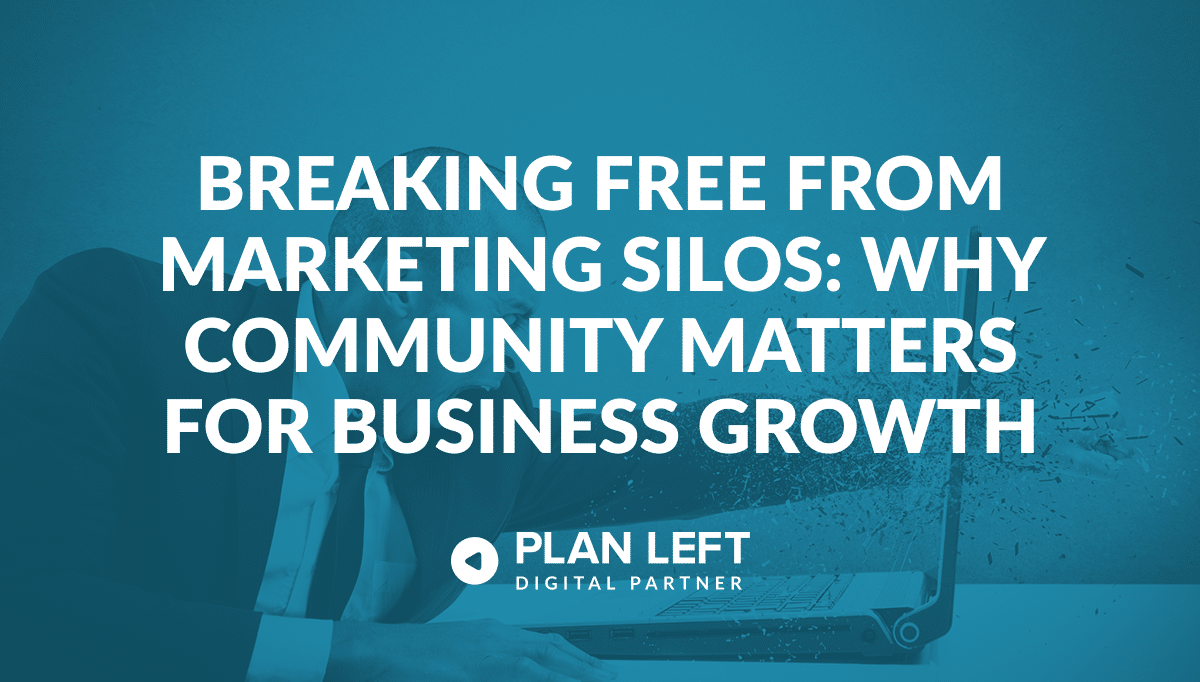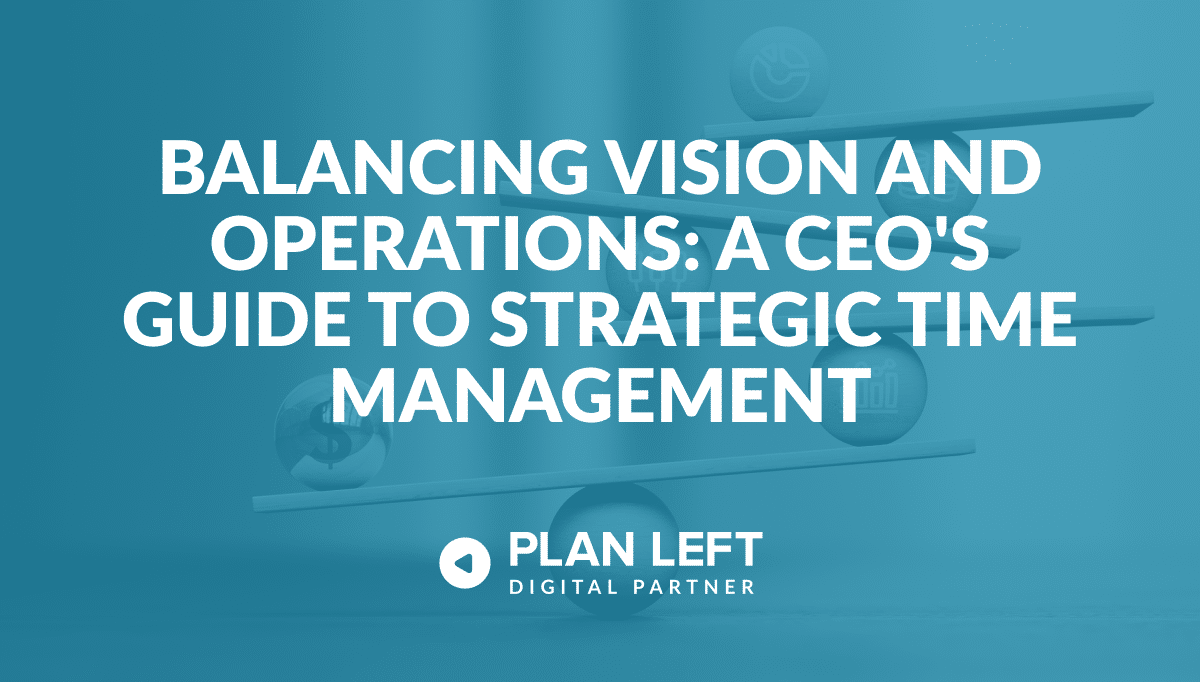
Trust has become the ultimate currency in business. While companies pour resources into flashy marketing campaigns and cutting-edge technology, the most successful organizations are discovering that authentic, open communication creates deeper connections than any promotional strategy ever could. Transparency transforms from a buzzword into a competitive advantage when leaders understand how to wield honest communication as a strategic tool.
The Strategic Importance of Business Transparency
Defining Transparency in Modern Business Context
Business transparency strategies extend far beyond simply sharing financial reports or posting company updates. True transparency involves creating systematic approaches to open communication that permeate every aspect of stakeholder relationships. It means proactively sharing relevant information, acknowledging challenges alongside successes, and maintaining consistent messaging across all touchpoints.
Modern transparency encompasses several key dimensions: operational openness about processes and decision-making, financial clarity regarding performance and resource allocation, and cultural authenticity that reflects genuine company values. This multi-layered approach creates a foundation where stakeholders can make informed decisions based on complete, accurate information rather than polished presentations that obscure reality.
Competitive Advantages of Open Communication
Organizations that embrace transparent communication gain significant advantages in competitive markets. Open communication in business builds credibility that translates directly into customer loyalty and investor confidence. When companies share both positive developments and honest assessments of challenges, they establish themselves as reliable partners rather than vendors making unrealistic promises.
Transparency also accelerates problem-solving and innovation. Teams that communicate openly about obstacles can address issues before they escalate into crises. This proactive approach reduces the costs associated with damage control while building internal cultures that prioritize continuous improvement. Additionally, transparent organizations attract higher-quality employees and partners who value authentic relationships over superficial networking.
Building Trust with Customers
Authentic Communication Strategies
Building customer trust requires moving beyond scripted responses toward genuine dialogue. Authentic communication strategies involve acknowledging when things go wrong, explaining the steps being taken to address problems, and following through on commitments. This approach transforms potential negative experiences into opportunities to demonstrate reliability and commitment to customer satisfaction.
Successful companies implement regular communication rhythms that keep customers informed about developments that affect them. This might include proactive notifications about service changes, honest timelines for product launches, or transparent explanations of pricing decisions. The key lies in consistency – customers need to know they can rely on receiving accurate information when they need it most.
Transparency as a Customer Retention Tool
Transparency serves as a powerful retention mechanism because it eliminates the uncertainty that drives customers to seek alternatives. When customers understand how decisions are made, what to expect from products or services, and how their feedback influences company direction, they develop stronger emotional connections to the organization.
This approach particularly resonates with modern consumers who have access to vast amounts of information and can quickly identify inconsistencies between marketing messages and actual experiences. Companies that proactively share information build trust accounts that provide resilience during challenging periods when perfect execution becomes impossible.
Implementing a Transparency-Driven Communication Strategy
Developing Consistent Open Communication Frameworks
Creating effective business transparency strategies requires systematic frameworks that ensure consistent implementation across all organizational levels. These frameworks establish protocols for information sharing, define decision-making processes that include stakeholder input, and create accountability mechanisms that maintain communication standards.
Successful frameworks typically include regular stakeholder updates, standardized reporting formats that present information clearly, and feedback mechanisms that allow two-way communication. The goal involves creating predictable communication patterns that stakeholders can rely upon while maintaining flexibility to address unique situations as they arise.
Balancing Transparency with Strategic Discretion
Effective transparency requires understanding the difference between helpful openness and oversharing that could harm competitive position or create unnecessary confusion. Smart leaders develop judgment about what information serves stakeholder interests versus what might create more problems than solutions.
This balance involves timing considerations – sharing information when stakeholders can act on it effectively rather than creating premature anxiety about potential future changes. It also requires understanding audience needs – investors may need different levels of detail than customers or employees. The key lies in maintaining honesty while presenting information in ways that support informed decision-making rather than creating unnecessary concern.
Stakeholder Communication for Business Success
Effective transparency strategies evolve based on stakeholder feedback and changing business conditions. This requires implementing systems that capture input from various stakeholder groups and analyzing patterns that indicate communication effectiveness. Regular assessment allows organizations to refine their approaches while maintaining core commitments to openness and honesty.
Adaptive approaches also recognize that different stakeholders may prefer different communication methods and frequencies. Some investors appreciate detailed monthly updates, while customers might prefer brief, relevant notifications. Successful companies develop multiple communication channels that serve diverse stakeholder preferences while maintaining consistent messaging across all platforms.
Transparency emerges as a strategic advantage when leaders commit to authentic communication that serves stakeholder interests rather than just corporate objectives. Organizations that master this approach build sustainable competitive advantages through deeper relationships, enhanced credibility, and increased resilience during challenging periods. The investment in transparent communication systems pays dividends through stronger stakeholder loyalty and more efficient operations that reduce the costs associated with managing misconceptions and rebuilding damaged trust.
Explore Latest Posts
Breaking Free from Marketing Silos: Why Community Matters for Business Growth Every entrepreneur knows the weight of making decisions alone. ... read more
December 11, 2025
A Step-By-Step Approach to Breaking Free from Generic Marketing Enterprise marketing leaders face the challenge of standing out among countless ... read more
December 9, 2025
The constant tug-of-war between strategic vision and operational demands defines the modern CEO experience. While your company's future depends on ... read more
December 4, 2025
Essential Strategies for Entrepreneurs
Get Actionable Business Insights & Marketing Tips
Our newsletter delivers real-world strategies from entrepreneurs who’ve been exactly where you are.
Sign up now for:
- Actionable growth strategies that work
- Insider tactics for attracting top talent
- Real-world case studies from successful founders
- Emerging tech trends that drive innovation
- Pragmatic marketing approaches for visionary leaders




